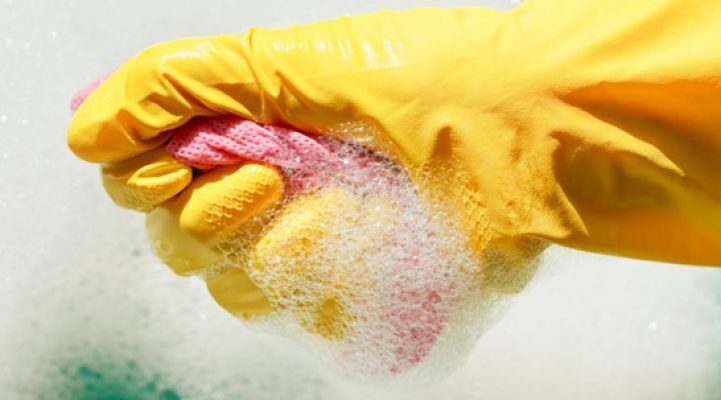It’s a situation you’re bound to be familiar with: each time you visit your freezer the drawers seem to get more and more difficult to open as ice starts to form on them. Eventually, you inevitably think: I really must get round to defrosting this freezer soon – if only it didn’t require so much time and effort! So, today, we’re giving you some useful advice about the easiest way to defrost a freezer, and the best way to carefully store your food whilst defrosting.
Defrosting freezers: why is it necessary anyway?
First, let’s look at the reason why some freezers actually need to be defrosted in the first place. Simply put, moisture enters the appliance via two routes: from the actual food that is stored within it and from the regular opening of the freezer door. Moisture settles on the freezer’s interior in the form of ice, making it harder to open the drawers. In addition, this ice formation means that more energy has to be used to maintain the desired freezer temperature, so more electricity is used.
How often should I defrost my freezer?
To keep on top of ice formation, and thereby keep energy consumption as low as possible, it is advisable to defrost your freezer once or twice a year. It may be necessary to defrost more frequently than this, depending on the ambient humidity levels. By regularly defrosting you will ensure that your freezer is able to perform optimally at all times.
What should I do with my frozen food whilst I’m defrosting the freezer?
Before you start to defrost your freezer, you should empty it out completely. If you have been intending to prepare a tasty meal at some point in the future then now is the perfect time to do so! If you have a spare freezer then pop the food in there, if not you could wrap your food in newspaper and store it somewhere cool or to simply leave it in the removed freezer drawers with a few ice packs to delay thawing.
A quick tip: The best time to defrost your freezer is in the winter or on a very cool day (a sub-zero day would be perfect!) as low outside temperatures will be much kinder to your frozen food, making the whole defrosting process much more efficient and way less stressful. If you have an appliance with the SuperFrost function activate this about 24 hours before defrosting. This will lower the temperature from the usual -18°C to -32°C, deeply chilling the foods and preventing them thawing too quickly (and also giving you more time to defrost the freezer).
How to defrost your freezer quickly and safely
Before you start to defrost your freezer, you should first switch it off and disconnect it from the mains. Start defrosting by opening the freezer door so that the ice can slowly melt. You can speed up this process by placing a bowl of hot water inside the appliance and closing the door. The ice layers will then melt more rapidly, allowing you to easily remove any areas of loosened ice that have formed on the side panels. The best way to collect the resultant water and excess ice is with a sponge or cloth, thereby preventing too much water from ending up on the floor.
If a lot of water is produced and a sponge or cloth is not sufficient, you can place a deep baking tray or pan at the very bottom of the freezer to help catch the majority of the water. We recommend that you stay with your freezer throughout the defrosting process and continually remove loosened ice and wipe the wet areas with a cloth or sponge.
How should I clean my freezer?

Once you have removed all of the excess ice and water the freezer is ready to be cleaned. Warm water with a little washing-up liquid added to it is perfectly adequate for this purpose. Do not use substances such as vinegar as these can corrode the plastic. Once you have given the freezer a thorough clean, rinse it with clean water and dry it well.
Your freezer is now ready to use again: plug it back in, switch it on and, as soon as the temperature is low enough again, refill it with your food. Please be aware that defrosted food should not be refrozen.
Never defrost again with Liebherr NoFrost Technology
Now that you’ve read through the above advice about defrosting, you’re well prepared to deal with freezer ice. But, if you’d prefer not to go through this laborious process at all, we recommend that you choose a Liebherr freezer with NoFrost technology. With Liebherr NoFrost technology defrosting is a hassle of the past. Chilled circulating air freezes the food and moisture is expelled so that the freezer remains ice-free at all times and stored food never frosts over.
We hope you enjoyed this article – please feel free to share it on social media if you found it helpful! To receive our latest articles please subscribe to our monthly newsletter.